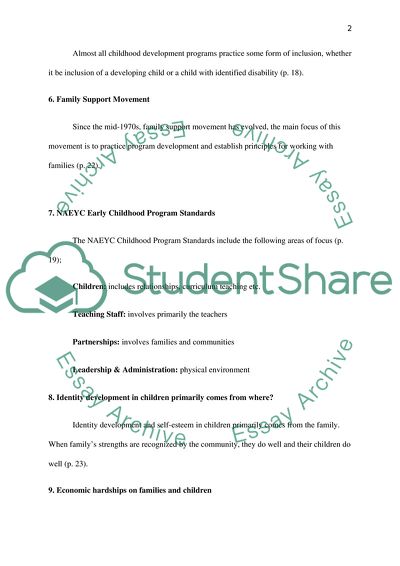Cite this document
(Family and Culture in Terms of Ethics Coursework, n.d.)
Family and Culture in Terms of Ethics Coursework. Retrieved from https://studentshare.org/family-consumer-science/1802398-answer-the-questions-for-study-guide
Family and Culture in Terms of Ethics Coursework. Retrieved from https://studentshare.org/family-consumer-science/1802398-answer-the-questions-for-study-guide
(Family and Culture in Terms of Ethics Coursework)
Family and Culture in Terms of Ethics Coursework. https://studentshare.org/family-consumer-science/1802398-answer-the-questions-for-study-guide.
Family and Culture in Terms of Ethics Coursework. https://studentshare.org/family-consumer-science/1802398-answer-the-questions-for-study-guide.
“Family and Culture in Terms of Ethics Coursework”, n.d. https://studentshare.org/family-consumer-science/1802398-answer-the-questions-for-study-guide.


